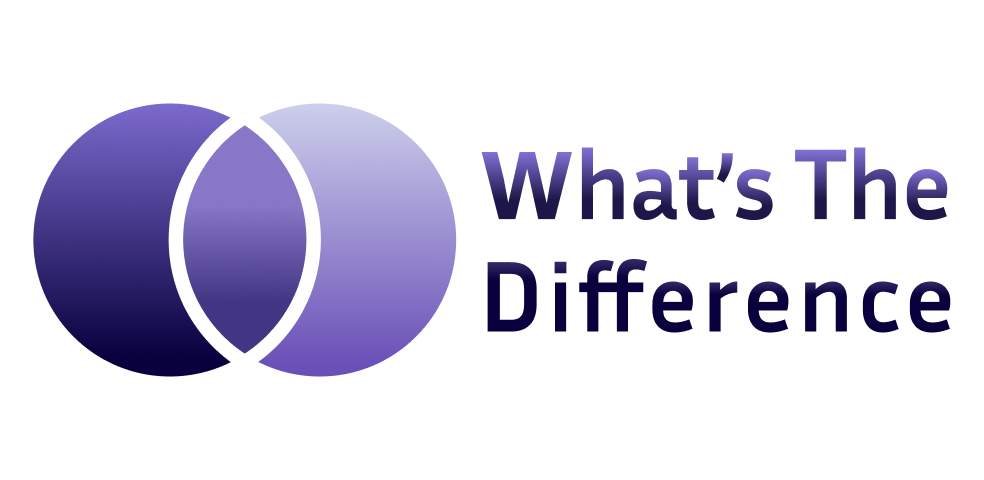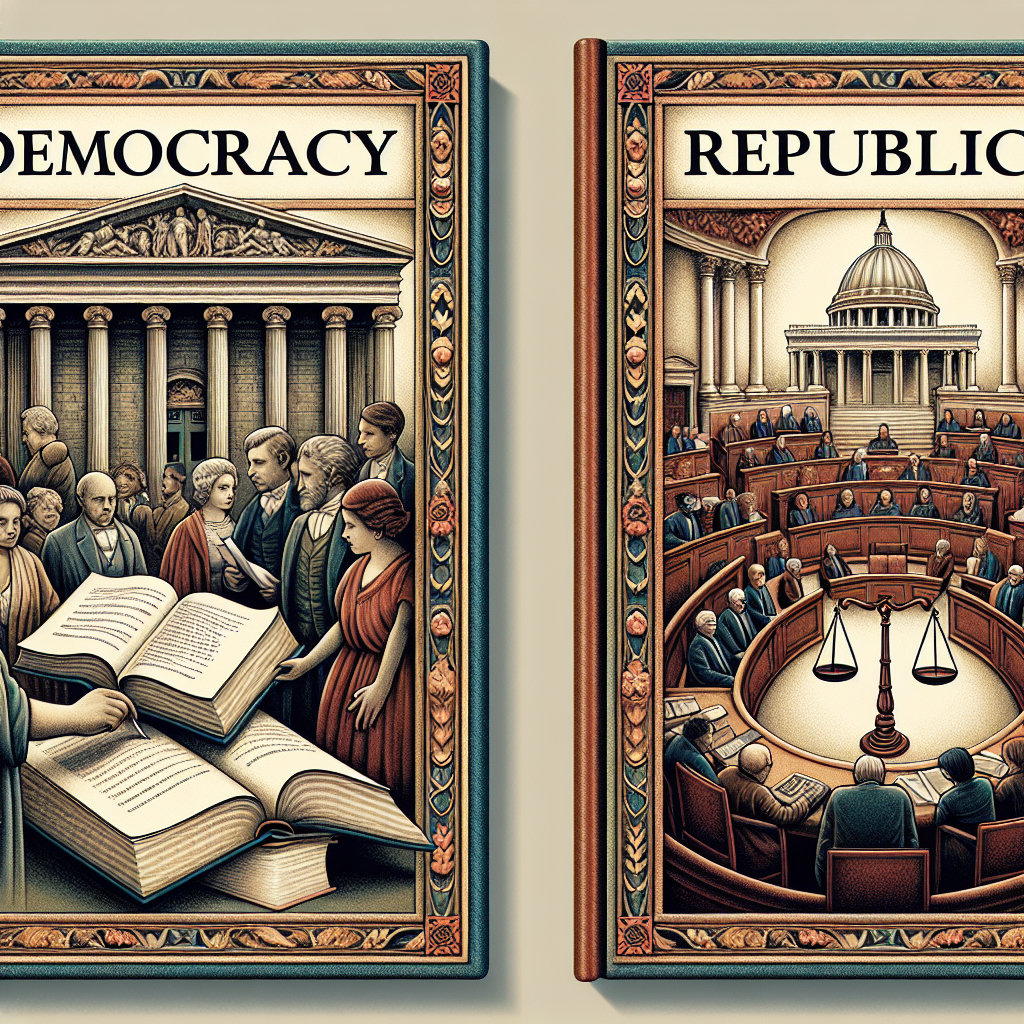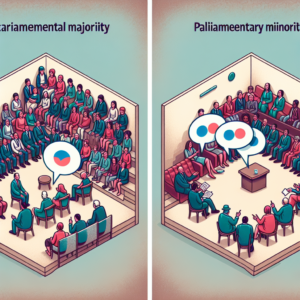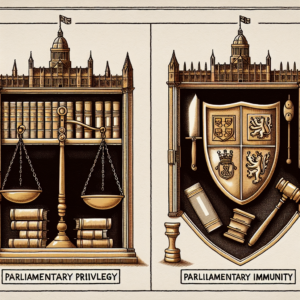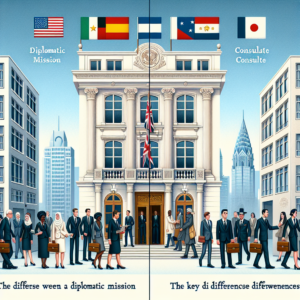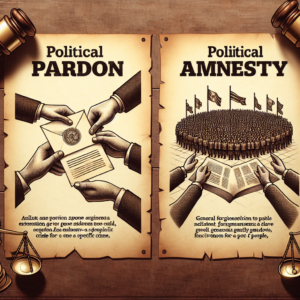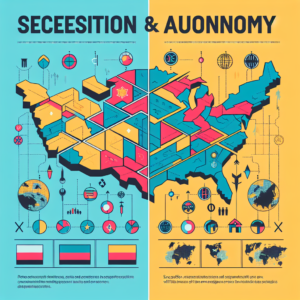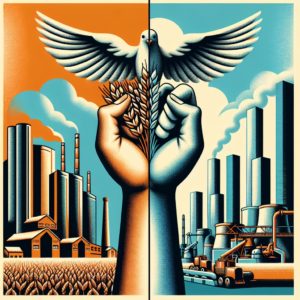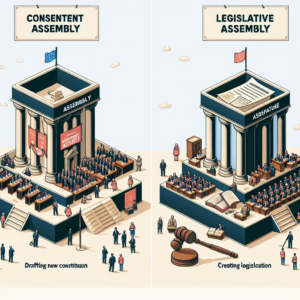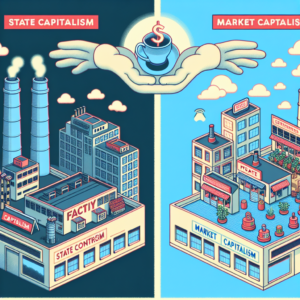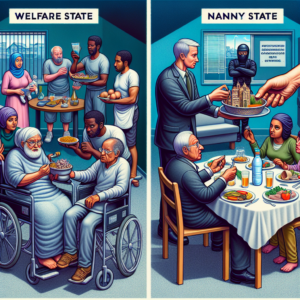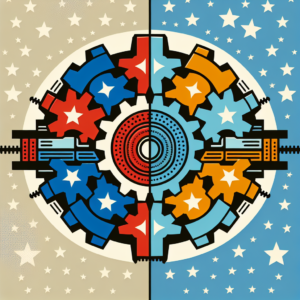The terms "democracy" and "republic" are often used interchangeably in political discourse, but they do not mean the same thing. While they are both forms of government that involve citizen participation, their structure and philosophy differ in significant ways. Understanding these distinctions can help illuminate the nature of political systems worldwide. For this reason, the question, "what is the difference between democracy and republic?" merits a thoughtful exploration.
Understanding the Definitions: Democracy Vs. Republic
A democracy, derived from the Greek words ‘demos’ (people) and ‘kratos’ (power), is a system of government in which power is vested in the people who rule directly or through freely elected representatives. In a pure democracy, all eligible citizens have an equal say in the decisions that affect their lives. This includes choosing their governing legislation, and directly deciding on the leaders who will in turn implement those laws.
A republic, on the other hand, is a form of government in which citizens elect representatives to make decisions on their behalf. The term comes from the Latin ‘res publica,’ which means ‘public affair.’ In a republic, the country is considered a ‘public matter’, and public offices are filled by officials elected by the citizenry. These representatives are responsible for the creation of laws and policies that guide the nation.
Key Differences Between a Democracy and a Republic
The main difference between a democracy and a republic lies in the limits placed on government by the law. In a republic, an overarching constitution or charter protects certain inalienable rights that cannot be taken away by the government, even if it has been elected by a majority of voters. This system aims to prevent the majority from infringing upon the rights of the minority. The United States, for example, operates as a constitutional republic, with a constitution that guarantees certain rights and freedoms to its citizens.
In a pure democracy, sometimes referred to as direct democracy, there are no such limits. The majority has the absolute power to make laws, and there is no legal safeguard for the rights of the minority. This is why some argue that a democracy, in its pure form, can lead to what is sometimes called ‘mob rule.’ To counteract this, many countries that consider themselves democracies actually function as democratic republics, combining elements of both systems.
Another key difference is the role of the citizens in the decision-making process. In a democracy, citizens participate directly in making decisions and forming policy. In a republic, however, citizens elect representatives who make decisions on their behalf. This means a republic can function effectively over larger geographical areas, as representatives can be elected from different regions and serve the interests of their constituents on a national level.
In conclusion, the question, "what is the difference between democracy and republic?" unveils two distinct forms of government that share the power of the people as their core tenet, but differ in their approach to safeguarding rights and making decisions. Democracies empower the majority without necessarily protecting minority rights, while republics provide safeguards against majority rule through a constitution or charter. Understanding these differences is crucial to fully grasping the depth and complexity of the world’s political landscapes.
